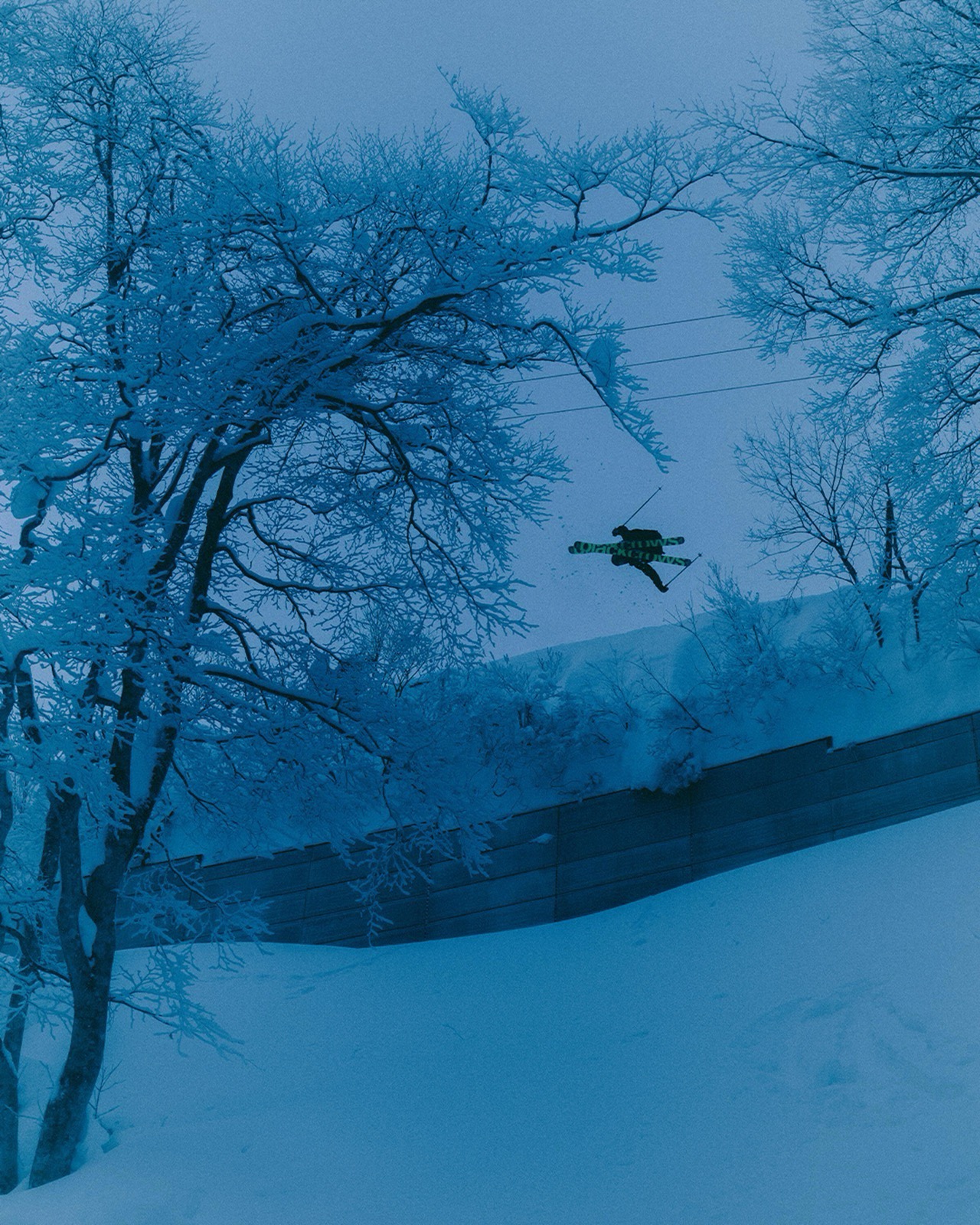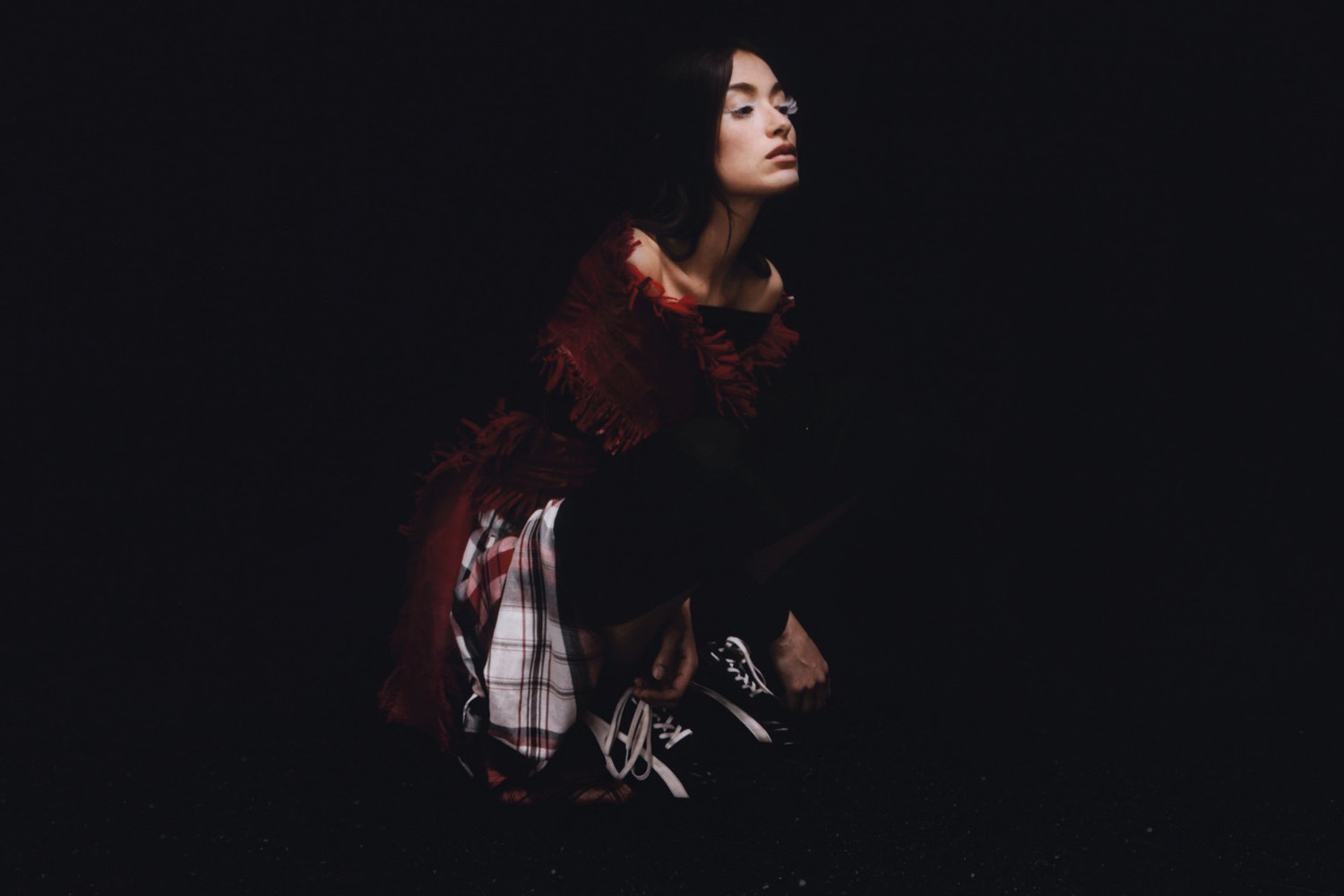 https://www.nastymagazine.com/wp-content/uploads/2025/07/NASTY-x-IACSITE-001.jpg
1000
1500
Editor Nasty
https://www.nastymagazine.com/wp-content/uploads/2015/02/new-logo-basker-WHITE4.png
Editor Nasty2025-07-16 19:52:412025-07-19 18:04:03Iacsite x Nasty
https://www.nastymagazine.com/wp-content/uploads/2025/07/NASTY-x-IACSITE-001.jpg
1000
1500
Editor Nasty
https://www.nastymagazine.com/wp-content/uploads/2015/02/new-logo-basker-WHITE4.png
Editor Nasty2025-07-16 19:52:412025-07-19 18:04:03Iacsite x Nasty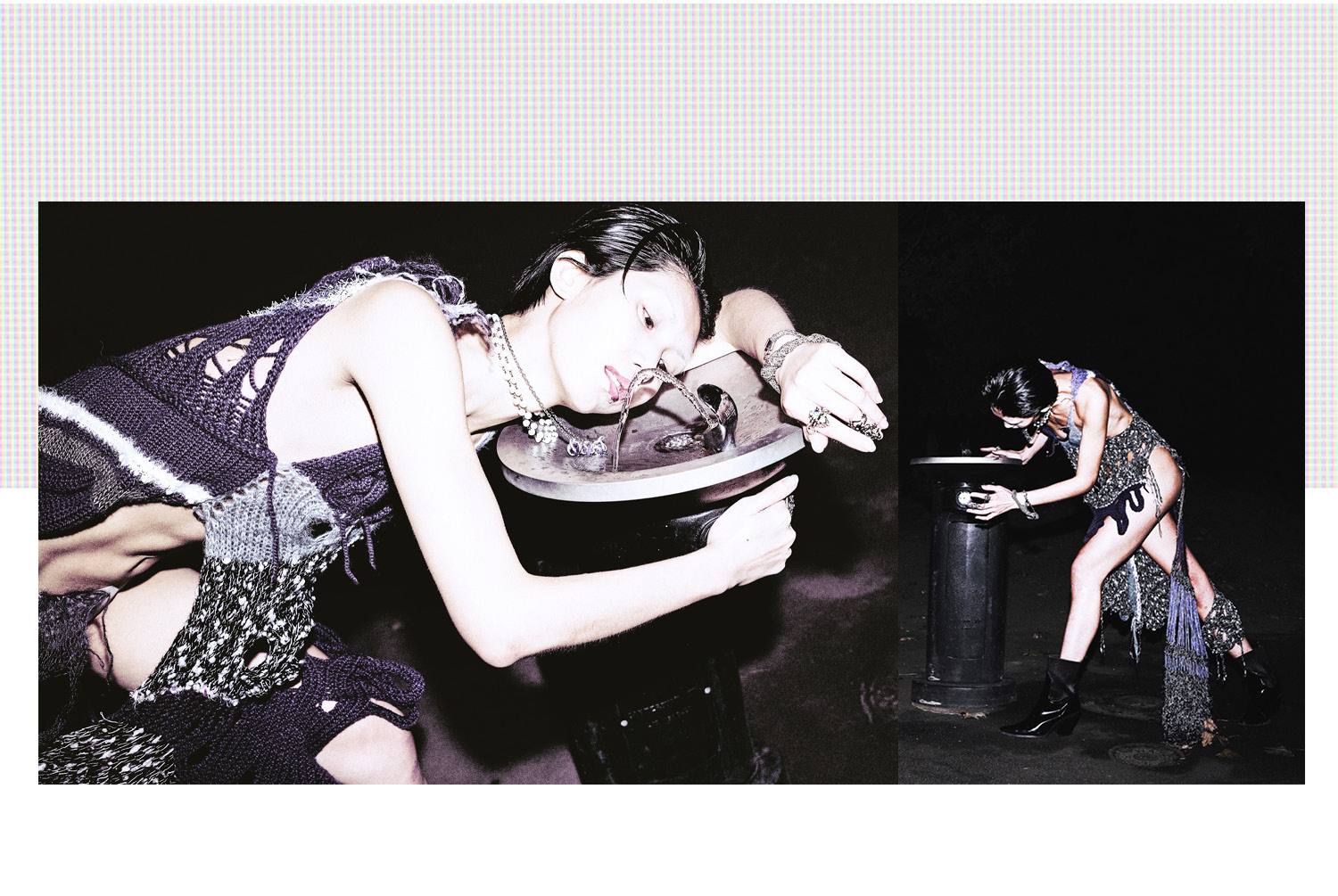
ABOUT THE DESIGNER
What was the initial spark that drew you to fashion design, and how has your vision evolved since then?
The spark was very specific: it was February 20, 2019, the day I read an article about Karl Lagerfeld’s life following his passing. I was a sophomore in high school, trying to figure out my future, and something about his story just hit me. It wasn’t just the designs; it was his relentless passion and the way he dedicated his entire life to his vision. It made me think, what is fashion, and what does fashion mean to me?
That article was a breaking point. I had always loved fashion, styling, and especially making things with my hands—I’ve been drawn to handcrafts since I was little. But I had never seriously considered fashion design because of a deep mental barrier. Growing up in China, there’s a huge emphasis on drawing as the absolute foundation for all art. I wasn’t formally trained in drawing, so I convinced myself it was impossible. I literally thought, maybe in the next life.
Reading about Karl’s life that day, those self-imposed barriers just vanished. I realized my desire to explore this world was stronger than my fear of a skill I didn’t have. I just wanted to do it and see what would happen.
My vision has evolved immensely since then. At first, I was simply happy to have found a dream. But during my BFA at SAIC, I had a second realization: the most exhilarating moment isn’t the illustration; it’s the making. It’s translating an idea into a physical, tangible garment. My passion isn’t the 2D sketch; it’s the 3D construction and the textile work, which connects back to that childhood love of handcrafts. I learned that you don’t just draw fashion—you build it.
Can you describe your design process—from concept to final garment? What does a typical day in your studio look like?
I think of every collection as a journey. The initial concept is just the “ticket”—it gives me a direction, but the exact destination is still unknown.
To start, I set the tone by creating a moodboard and, most importantly, choosing three adjectives to define the collection’s vibe. From there, I move from the abstract to the physical. My process is heavily driven by textile experimentation. You can’t make a garment without materials, so I spend most of my time draping, sourcing, altering, and often making my own textiles.
I create countless samples—testing fabric combinations, technical seam finishes, and stitches. I see these samples as the events you encounter or the people you meet on a journey; they all inform the final outcome. Interestingly, my final illustrations don’t come at the beginning. They come after this physical experimentation. As I work with materials, the designs reveal themselves, and only then do I sketch to define the “destination.” After all the technical problems are solved, I create the final garments.
A typical studio day starts with structure. I check my production schedule and write a detailed list of every task I need to accomplish, including time estimates. Once I start working, I get very focused. If I’m deep into a process, I don’t like to stop. It’s a bit different now that I’ve graduated. At school, my day was broken up by conversations with classmates—sharing concepts, visions, and techniques. I loved that energy. Now I’m in a solo studio, so I’m still learning this new, quieter rhythm.
Which materials, techniques, or cultural influences are central to your current work, and why?
My current work, Subconscious Veil, is a deeply personal excavation. It began with a disorienting sensation many people experience—feeling pulled in conflicting directions. I’d find myself making decisions based on what felt like intuition, yet I couldn’t rationally explain why. This dissonance raised a fundamental question: who is truly at the helm? The collection became a journey into those hidden forces, leading me to research the human psyche and the dynamic between our curated conscious self and the elusive subconscious beneath it.
My materials and techniques form the language of this exploration. The entire concept revolves around duality and hidden layers. I pair hard, structured fabrics like metallic denim—representing the “outer self”—with ethereal materials like silver crinkled organza, which becomes the literal “veil.” On one jacket, I use both the right and wrong sides of the metallic denim, contrasting their colors to deepen that sense of duality.
My hands-on techniques are essential. Inspired by the artisanal commitment I saw in Peru, I dove into knitting and screen-printing. My custom knitting shifts from tight stitches to loose, drop-stitch sections that physically cover and obscure other materials. I also use screen-printing to create secret patterns on garment linings—a detail only the wearer knows, symbolizing private, innermost thoughts.
The entire collection explores intuition and mystery, and for me, its narrative is perfectly encapsulated by this verse evoking the High Priestess:
In the quiet of night, she holds the key,
To the mysteries veiled in the depth of the sea.
With wisdom old and secrets untold,
She guides the soul through shadow bold.
Tell us about your rituals—what anchors your process when everything else feels unstable?
I love doing tarot readings for myself. When I feel lost or the path forward seems unstable, I turn to the cards. For me, it’s not about predicting the future; it’s a symbolic language that helps me access and interpret my subconscious, much like the process behind Subconscious Veil.
When I’m feeling that “pull” in conflicting directions, tarot acts as a mirror. It quiets the noise of my rational mind and helps me tune into the intuitive, hidden self—the High Priestess energy. This ritual anchors me because it’s a structured way of doing the same personal excavation that fuels my work. It grounds my creative process by reconnecting me to my innermost thoughts, allowing me to transform instability into clarity and a tangible concept.
ABOUT THE PHOTOGRAPHER
What emotion do you find yourself chasing the most when you shoot?
I am always in pursuit of emotions that feel raw and unfiltered—moments untouched by the constraints of the camera. Perfection is not my destination; I chase spontaneity, those brief instances where emotion unfurls naturally and unexpectedly. That is when vulnerability reveals its true face to me—fragile yet powerful.
In my images, I often place subjects in environments that feel slightly unfamiliar or detached. This creates a tension between the body and its surroundings, forming subtle cracks. What seeps through—silence, discomfort, honesty—is what captivates me. I want my work to embody that imperfection, that rawness, because I believe it brings me closest to the truth.
How does your environment (city, solitude, noise) shape your visual language?
In this series, I explore the theme of duality—I believe each person carries two souls: one that longs and one that stands solitary. I also examine the tension between presence and absence. This sense of detachment is a constant companion for me, surfacing especially when communication falters or when emotions cannot be fully shared or understood, leaving me feeling not quite there.
To express these ideas, I position my model against the backdrop of the city, yet her demeanor and gaze remain distant, creating a stark contrast with the bustling urban environment. In later scenes, I move to more abandoned, in-between spaces—under an unused bridge or across an empty soccer field. These locations clash with the model’s dramatic, urban attire, emphasizing a visual tension: a profound sense of displacement and not belonging. Through these contrasts, I aim to reveal the solitude and yearning that define human duality.
The idea of beauty keeps mutating. What does it mean to you right now?
Beauty, to me, is no longer about harmony or perfection. It is about the fracture—the moment when something breaks open and reveals what lies beneath. I find beauty in tension, in what feels slightly uncomfortable or unfinished.
Lately, I believe beauty exists in honesty—when a person or an image doesn’t try to conceal its rough edges. It’s in the rawness of being seen as you are, without the need to perform. In that sense, beauty becomes less about appearance and more about presence—an energy that feels alive, vulnerable, and real.
But beauty also feels unstable. It dissolves the moment I try to define it, and maybe that is what makes it compelling. It is not a fixed form, but a fleeting state—a glimpse of truth that appears and disappears. For me, it is inseparable from imperfection, a quiet tension between what is fading and what is still holding on.
Do you think photography still has the power to challenge norms, expose reality, or disturb—or has everything already been seen?
I believe everything may have been seen, but not everything has been felt. Photography may no longer reveal the entirely new, yet it still holds the power to make us feel differently. Today, what challenges norms is not shock, but sincerity—the ability of an image to confront us quietly, to linger, to subtly unsettle our perceptions.
We live in a time saturated with visibility, where everything is documented and shared. Amid this excess, photography can still carve out moments of stillness—moments that resist easy explanation. Its true power lies in that subtle disturbance, when an image disrupts our numbness and reminds us of our own presence, our own fragility.
This is what I strive for in my work: to create images that don’t shout, but breathe. Photographs that capture tension, silence, and vulnerability. Images that invite the viewer not just to see, but to feel deeply. Perhaps the enduring relevance of photography lies not in showing more, but in helping us reconnect with what we have forgotten to notice.
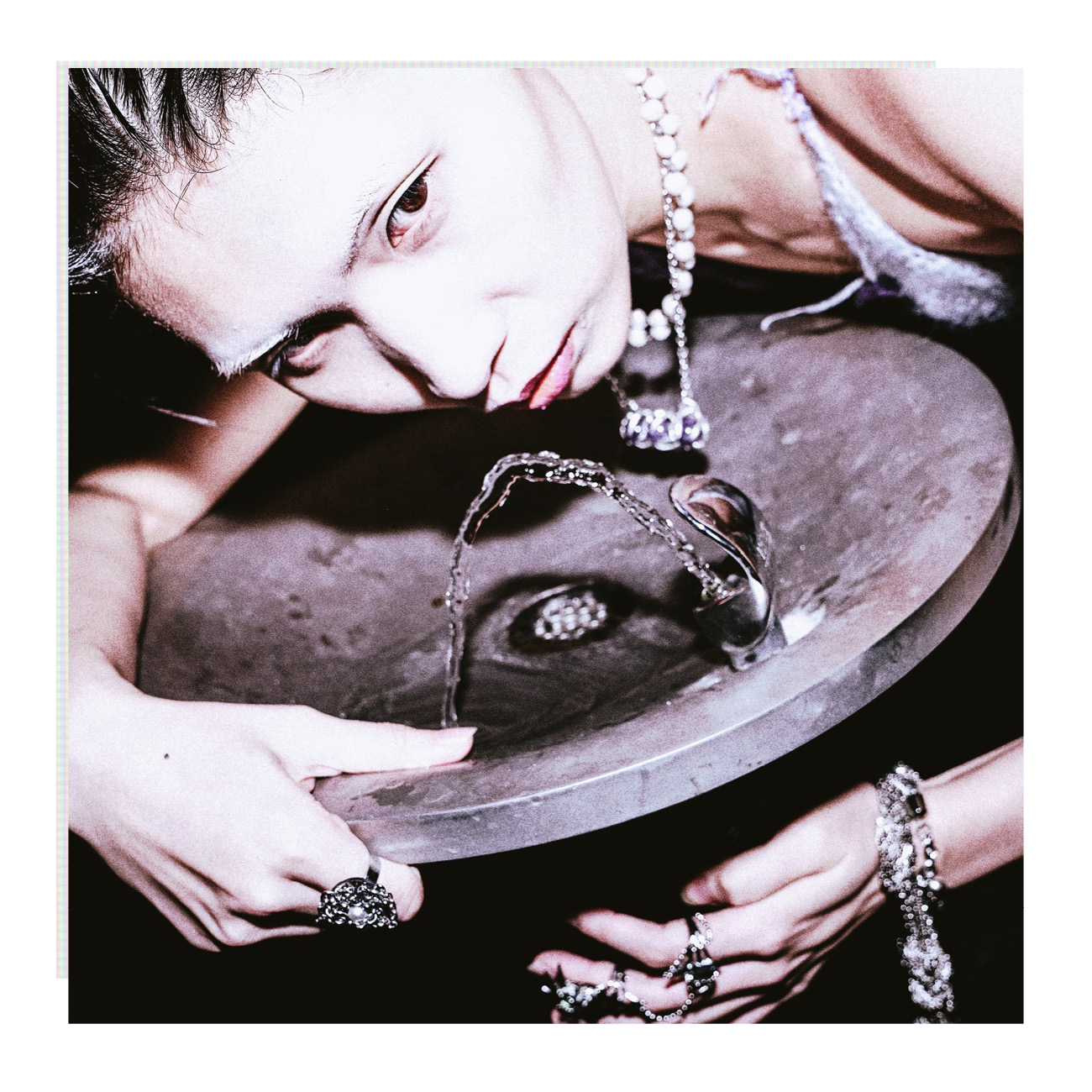
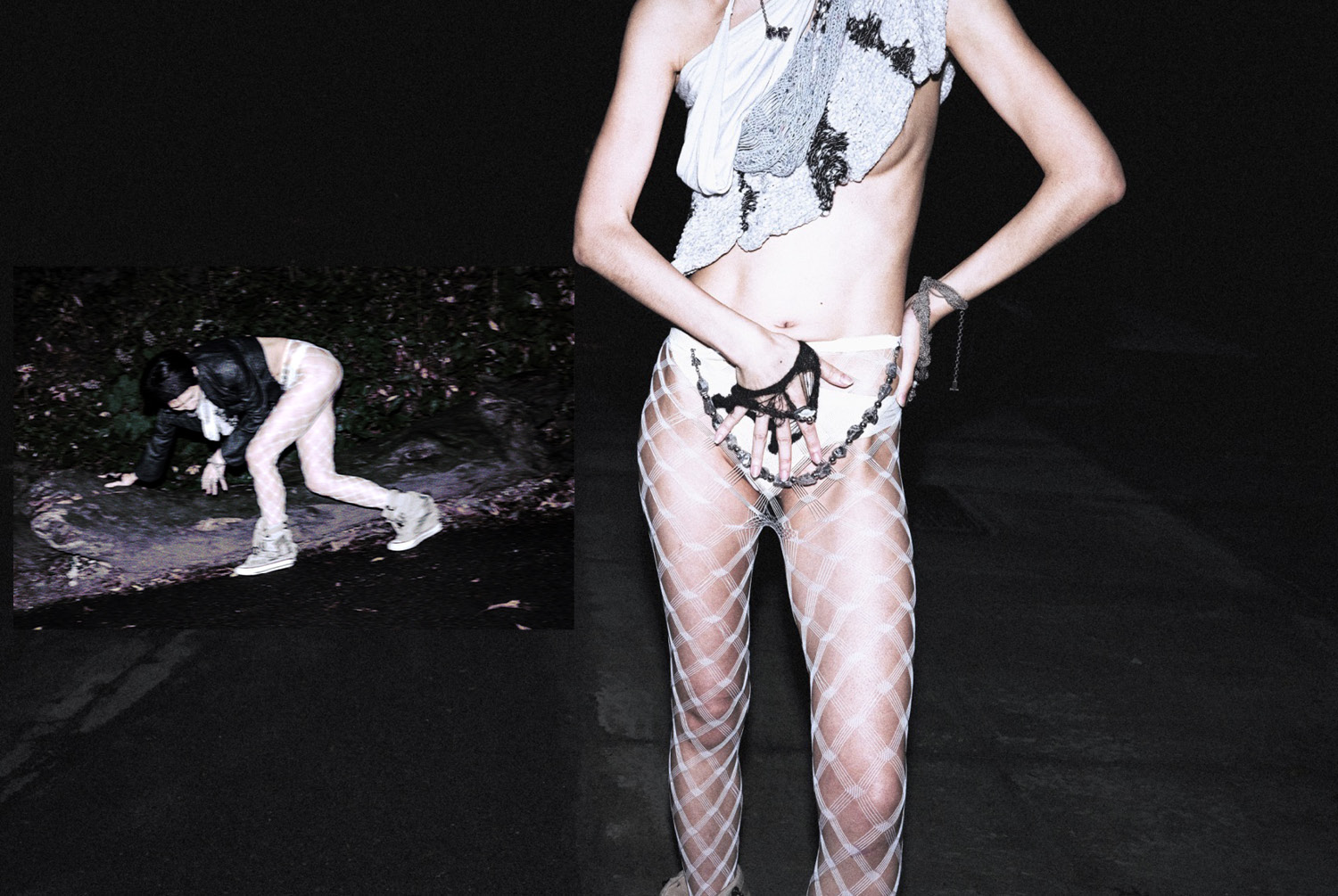
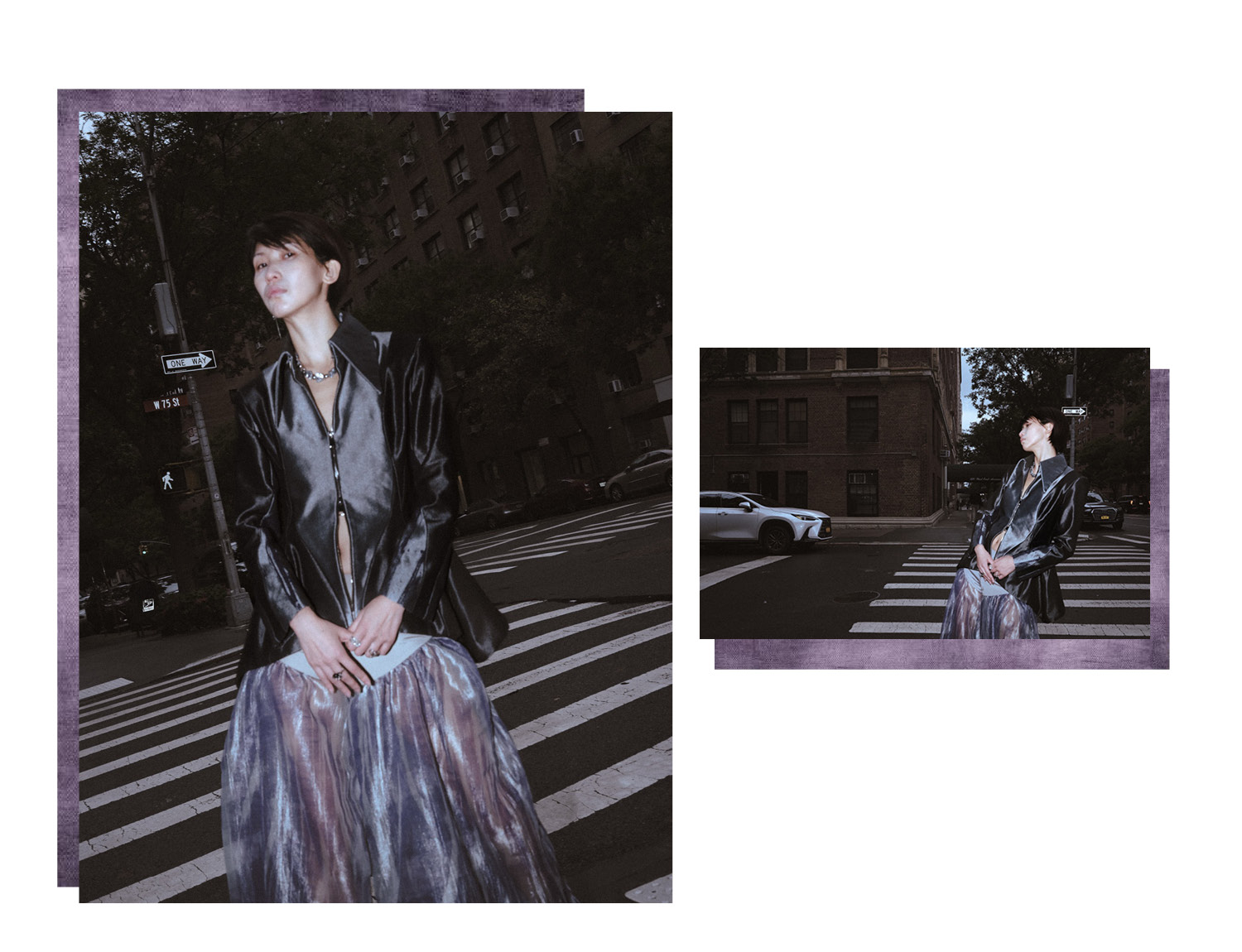
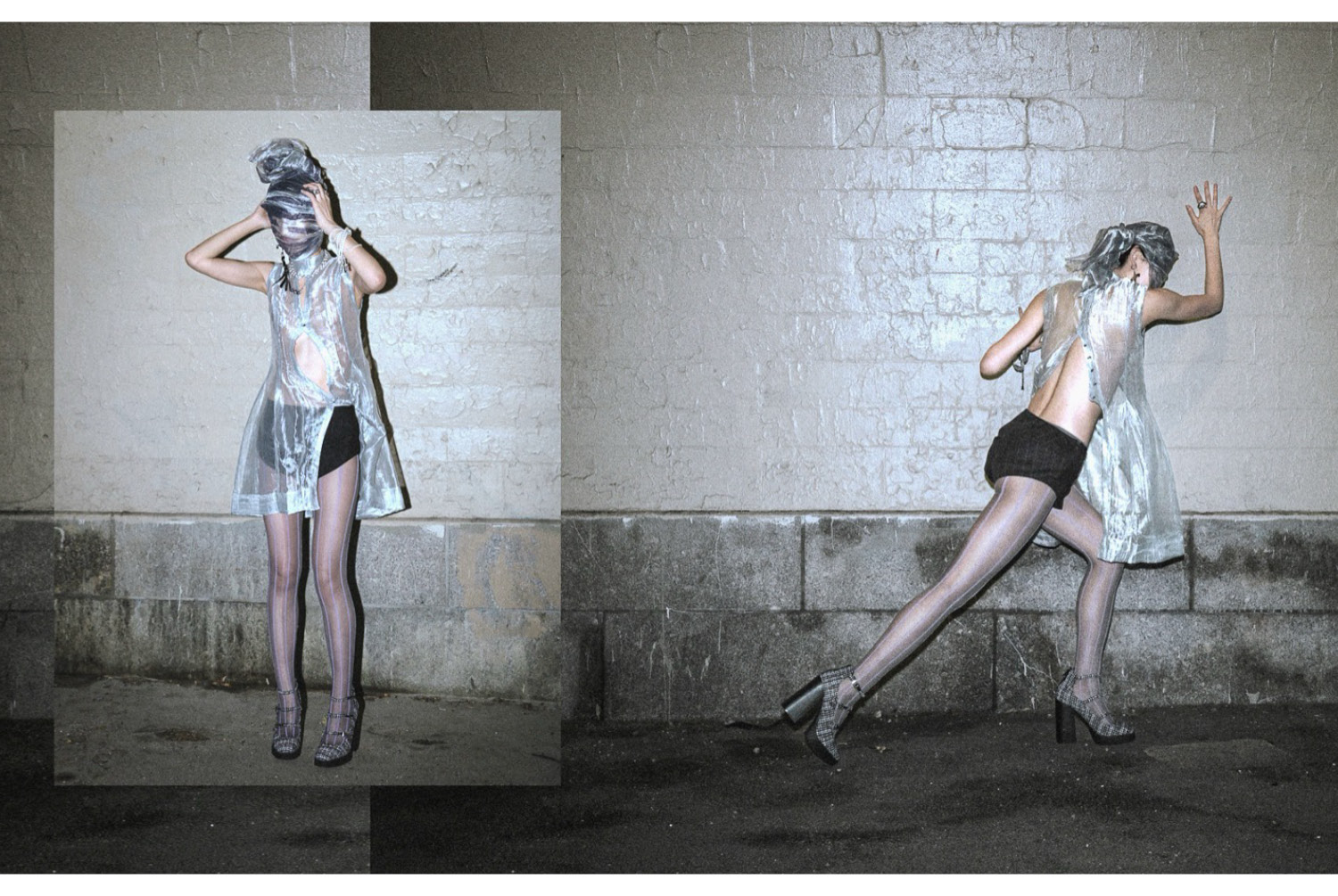

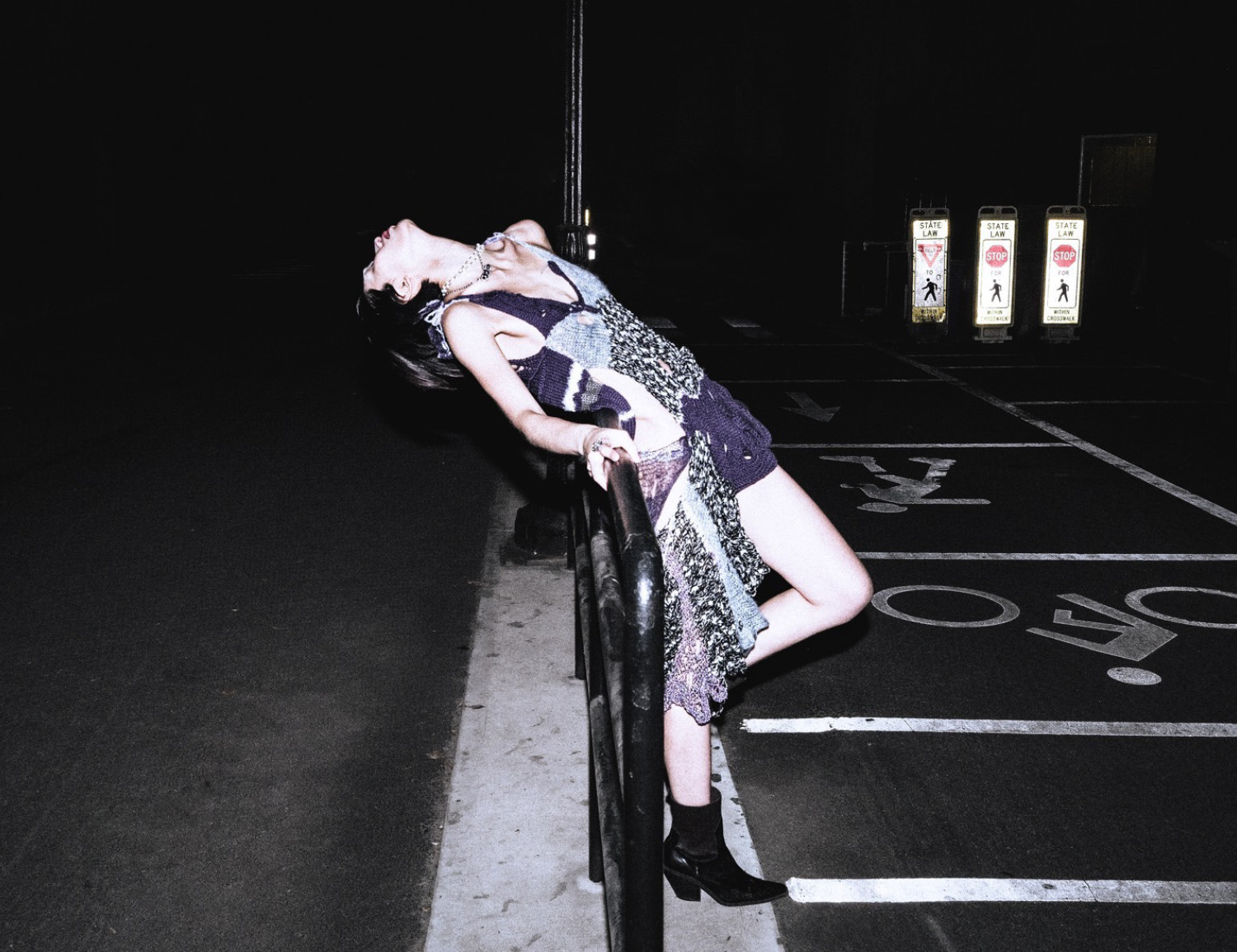
Half here
Credits:
Photographer: Kori He / @kk.koriii
Fashion Designer: Kiki Peng / @kikipeng.studio @kik_kikip
Model: Amy Wang / @amywanglalalala



